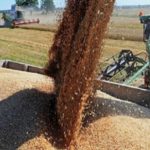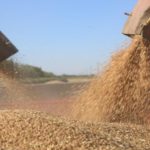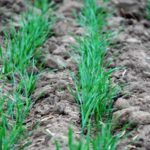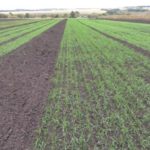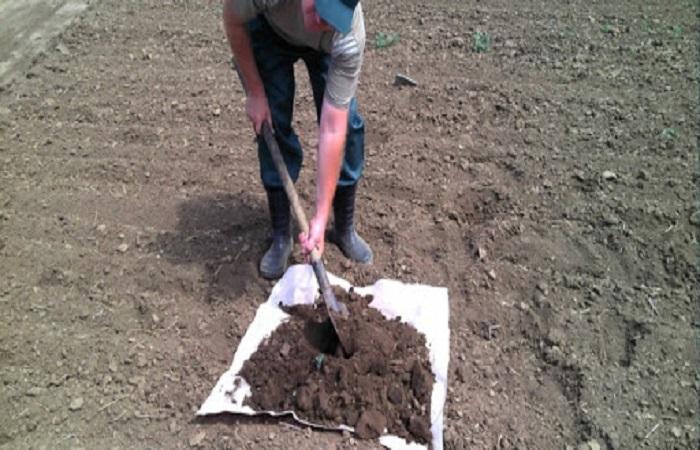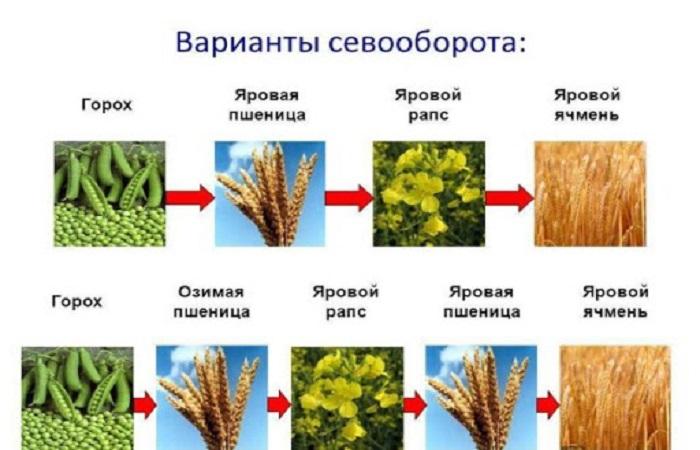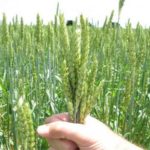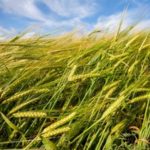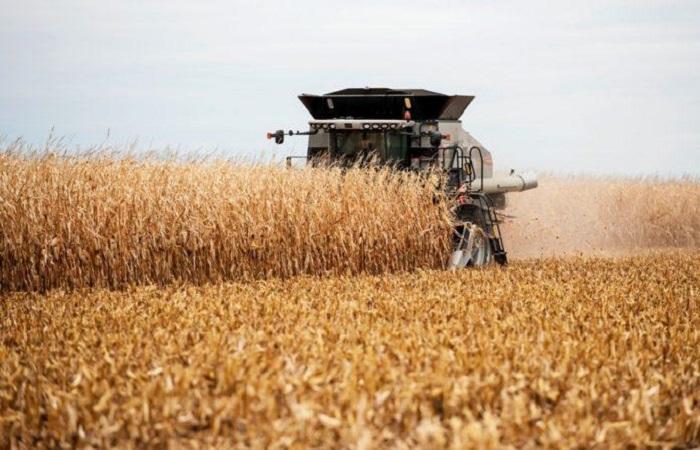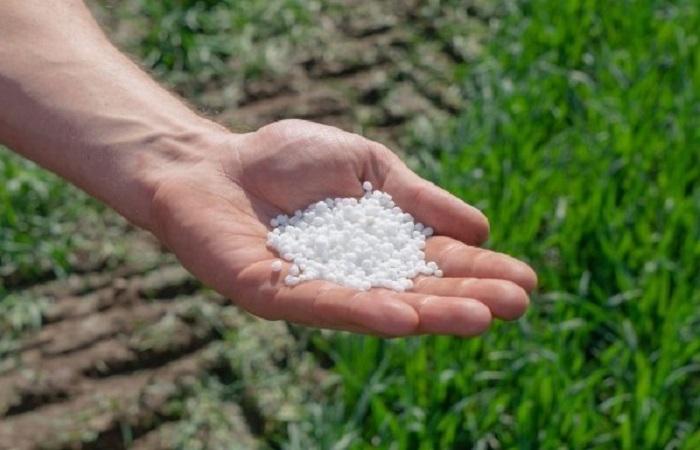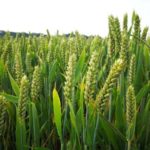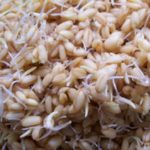During the growing season, wheat is influenced by various factors - exogenous and endogenous. That’s why it’s so important to monitor changes and respond to them in a timely manner. Thanks to this, it will be possible to significantly increase the parameters of wheat yield per 1 hectare. To get the desired result, you should monitor the composition of the soil, add nutrients in a timely manner and follow other rules of agricultural technology.
Wheat yield per hectare
Wheat yield parameters are influenced by many factors. To assess their impact, you need to look at averages.
Averages
The leading positions in wheat production in the world are occupied by India, China, Russia, and the USA. Below is a table by region for 2020:
| Region | Productivity, centners per 1 hectare |
| Lipetskaya | 57 |
| Belgorodskaya | 54 |
| Krasnodar region | 49 |
| Tambovskaya | 31 |
| Tatarstan | 37 |
| Rostovskaya | 36 |
| Krasnoyarsk region | 33 |
| Stavropol region | 25 |
| Novosibirsk | 18 |
| Orenburgskaya | 16 |
| Altai region | 12 |
| Chelyabinsk | 9 |
Record
In 2020, Russia managed to obtain the largest wheat harvest. The gross grain harvest amounted to 133 million tons of grain, of which 96 million were wheat.
Factors that may affect the result
Plant yield parameters depend on the influence of many factors. These include varieties, sowing dates, and climatic conditions.
Varieties
Farmers harvest the maximum yield only from certain varieties of crops. When choosing them, it is recommended to consider the following:
- cultivation technology;
- soil moisture saturation;
- geographical location of the field;
- landing dates;
- expected volume of fertilizing.
Common varieties that farmers most often choose for sowing include:
- Catalina;
- Emerino;
- Bogdana;
- Novosmuglyanka.
At the same time, it is worth planting at least 3 varieties that are most flexible to growing conditions.
Sowing time
The correct choice of sowing time is considered an important factor that affects yield parameters. According to numerous studies, early planting times increase the likelihood of a good winter wheat harvest.
Sowing in late September or early October improves root formation and increases yield by 20% compared to later dates.
Climatic and weather conditions
Climatic conditions directly influence yield parameters. It is important to consider the following:
- air humidity parameters;
- soil moisture saturation;
- frosts and lack of snow in winter;
- number and duration of sunny days.
In regions with arid climates, even varieties with potentially high yields can only be sold at 15-25%. The daily moisture consumption of winter wheat differs - it all depends on the stage of the growing season. At the initial stages, this parameter is no more than 17 cubic meters per 1 hectare. However, during the tillering period it increases.
To compensate for the lack of moisture at the initial stage, it is recommended to irrigate in a volume of 1000-1400 cubic meters per 1 hectare. You also need to carry out 2-3 waterings during the growing season. The total volume of moisture should be 2800-3200 cubic meters.
Black soil is considered the optimal soil for planting grains. If there is a lack of useful elements in the soil, fertilizers must be applied. Wheat requires potassium and phosphorus supplements. They help increase yield parameters.
The soil
When planting wheat, it is necessary to take into account the granulometric composition of the soil. The content of organic fertilizers and moisture is of no small importance.
Proper soil treatment when planting winter wheat helps achieve the following results:
- obtain uniform shoots;
- improve the development of bush roots;
- form a tillering node.
After its predecessors, the soil must have a fine structure and a sufficient level of moisture. It is important that it contains nutrients in digestible form. These include potassium, phosphorus, nitrogen, calcium, magnesium.
Crop rotation rules
Winter wheat is the most demanding of its predecessors. A high yield depends on a large number of factors, but compliance with the rules of crop rotation is considered decisive. The development of roots depends on this.
The best predecessors of winter cereals include:
- pulses;
- annual grasses - sorghum and sudanese are considered exceptions;
- corn for silage with an early harvest period;
- early potato varieties.
Growing technology
Like all agricultural plants, wheat responds well to fertilizing. The culture develops well in soil enriched with phosphorus, potassium and nitrogen. To obtain 30 centners of harvest you will need to contribute:
- 90 kilograms of nitrogen;
- 60 kilograms of potassium;
- 25 kilograms of phosphorus.
The dynamics of nutrient consumption are affected by the growing season of the crop. So, at the initial stage, wheat will need nitrogen, but in a limited amount. As ears develop and additional stems form, nitrogen consumption increases significantly.
At the same time, at the stage of grain formation, the need for this substance is minimal, since a large amount of nitrogen reduces the ripening parameters. At the stage of plant tillering and entering the tube, it is important to add phosphorus.The element is of great importance for the formation and development of the root system and ears.
To plant spring wheat, it is necessary to prepare saturated soil, which will ensure optimal root development. It is necessary to add organic matter and minerals to the lands of the central belt and podzolic soils. To significantly increase productivity, it is recommended to use manure and peat compost.
Features of harvesting
It is important to harvest the grain correctly. First of all, it is worth determining the time for cleaning work. In this case, it is recommended to focus on the wheat variety. Harvesting is required at the stage of full ripening of grains. At the same time, their humidity should be up to 20%.
The correct use of agricultural machinery is of great importance. Most often, the direct harvesting method is used for harvesting. This helps minimize crop losses during adverse weather conditions.
Ways to increase productivity
To make wheat more productive, it is recommended to follow these rules:
- Pay attention to the choice of variety. Recently, selection has reached a new level. Thanks to this, many unique varieties with high yields were obtained. They are suitable for growing in different climates. Modern varieties give a good harvest, which exceeds 10-12 tons per hectare.
- Monitor the phytosanitary condition of the field. To obtain a good harvest, it is necessary to ensure high-quality protection of wheat from weeds, diseases and parasites.
- Add nutrients. Fertilizers help increase the yield parameters of winter wheat by 50%. Balanced nutrition ensures optimal plant growth.
- Use herbicides. An important part of wheat growing technology is considered to be protection against weeds. This is especially true in the fall. To obtain the desired results, it is necessary to use special substances - herbicides.
- Apply fungicides. Such products help protect wheat crops from pathogens. This has a positive effect on the volume of the harvest and its quality. It is worth choosing fungicides taking into account the type of pathogen, the resistance of the variety and weather conditions. Such products help cope with septoria, brown rust, powdery mildew, pyrenophorosis, and fusarium head blight.
Differences between spring and winter
Winter wheat is considered a more productive variety. This parameter is influenced by compliance with the timing of planting work and the correct application of mineral fertilizers. The average yield of spring wheat is 1300-1500 kilograms per hectare. At the same time, winter crops can bring up to 5000 kilograms from 1 hectare of fields.
Wheat yield is an important indicator that depends on many factors. To increase this parameter, it is recommended to provide the culture with high-quality care.





